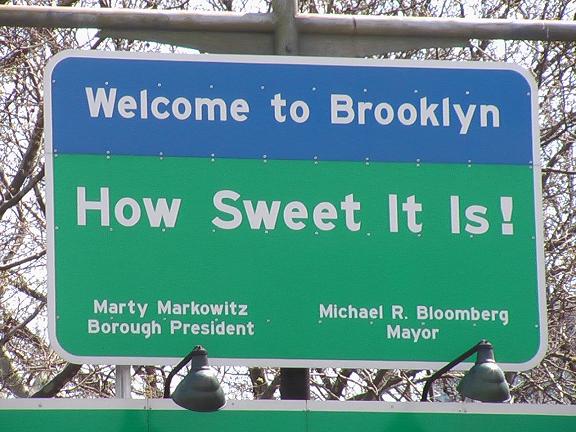 |
||||
| FAQ's | ||||
|
What neighborhoods are most affect and why? What are the modes of transmission? What are some solutions and treatments? |
My exposure to AIDS: As a young child, I had witnessed the diagnosis of my god motherís god son with HIV. I remember when my mother visited him in the hospital with my god mother. They did not allow me to go inside with them, but they explained the situation to me. This was my first and only exposure to the HIV/AIDS epidemic outside of school. My earliest exposure to AIDS in school occurred in my private middle school. The sex education teacher, who also happened to be out gym teacher, discussed the effects of the disease, and she also talked about many other sexually transmitted diseases. Not only did she discuss the disease, but she discussed methods for protection, and as we grew older, her discussions became more detailed. My science teacher also spent time lecturing us about how the disease actually affected the body. By the time I graduated in eighth grade, I had a fairly thorough understanding of the affects of the disease and methods for avoiding potentially risky behavior. The high school that I attended, unlike my elementary/middle school, was a private boarding school in rural Connecticut that did not provide students with sex education. I believe that administrators assumed it was unnecessary, and that the school was not at risk. Luckily, I had been provided with informative classes on the disease prior to my attendance of high school. The only exposure I had to AIDS in high school was the AIDS Walk in New York City, which I participated in yearly. We were asked to estimate the number of cumulative AIDS cases that had been diagnosed in our neighborhoods on the first day of class. I did not attend the public school near my house, so I did not know about the sex education program in the area. I was also unsure about the prevalence of AIDS in my neighborhood, because I spent the majority of the year away at a boarding school. When asked about the number of cumulative AIDS cases since 1980 in zip code 11236, my guess was approximately 1,800 cumulative cases. In actuality, it was 442, which is a difference of 24%. When asked which neighborhoods I would expect to have the most cumulative AIDS cases, I guessed that East New York (Brooklyn) and Bedford-Stuyvesant had many cumulative AIDS cases, and they both had totals over 1,000. I was able to guess more accurately because my mother previously worked in a medical center that provided care for drug addicts, and it was located in East New York. I knew about other areas because of the understanding that I developed while living in Brooklyn, and some neighborhoods just have notorious reputations. Brooklyn is facing a problem with the AIDS epidemic, and it is one of the most highly affected areas of the United States. AIDS is the third leading cause of death in the borough, and it ranks second behind Manhattan in the number of cumulative cases. Neighborhoods of lower socioeconomic standing in particular have higher rates of infection, and this is mainly due to a lack of knowledge concerning the disease (8). Many people are using drugs via needles, having unprotected sex, and are not being tested on a regular basis (3). Some organizations have been created to educate people, but they are unaware that these resources are available to them. A great deal of federal funding that has been designated for the control of AIDS has been decreased, and this poses a problem for the overall efforts to diminish the prevalence of the disease (1). Although initiative is being taken to limit the spread of HIV/AIDS throughout the borough, progress is still slow, and many lives are at stake.
Copyright © 2007 Alyssa Arnold Inc. All rights reserved.
|
|||
 (11)
(11)